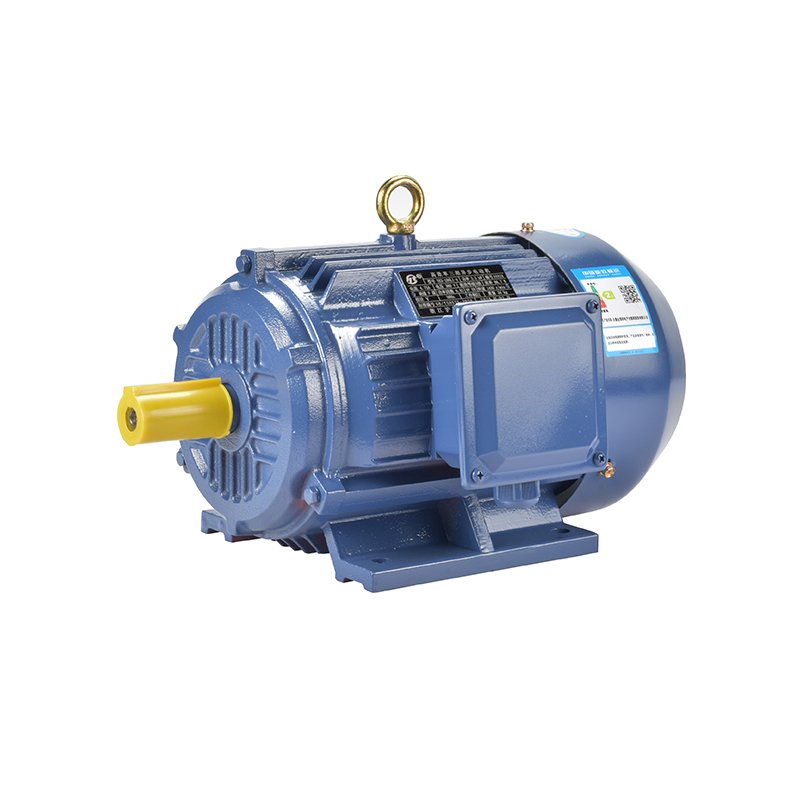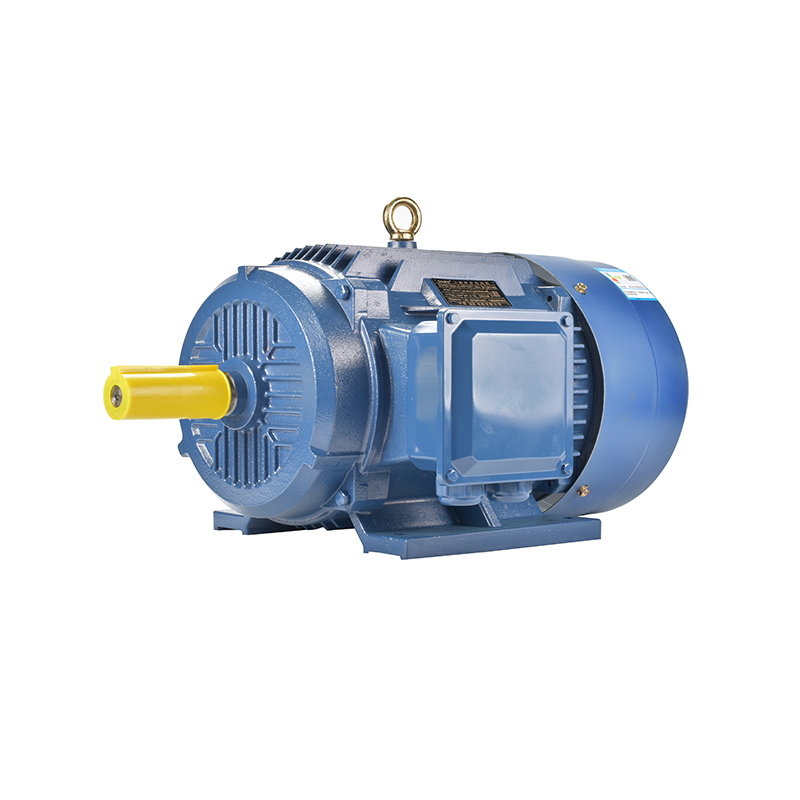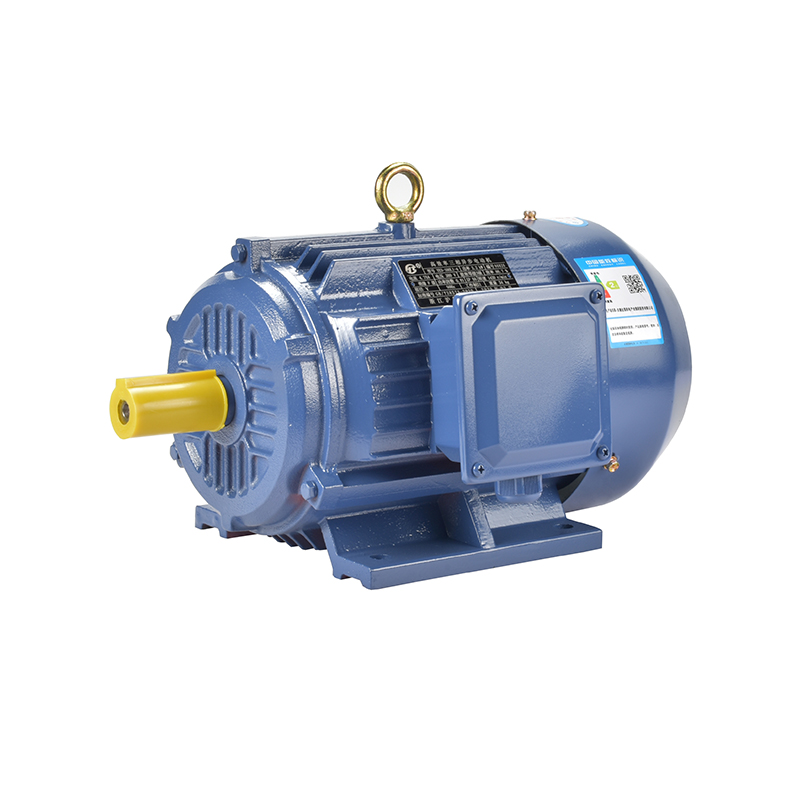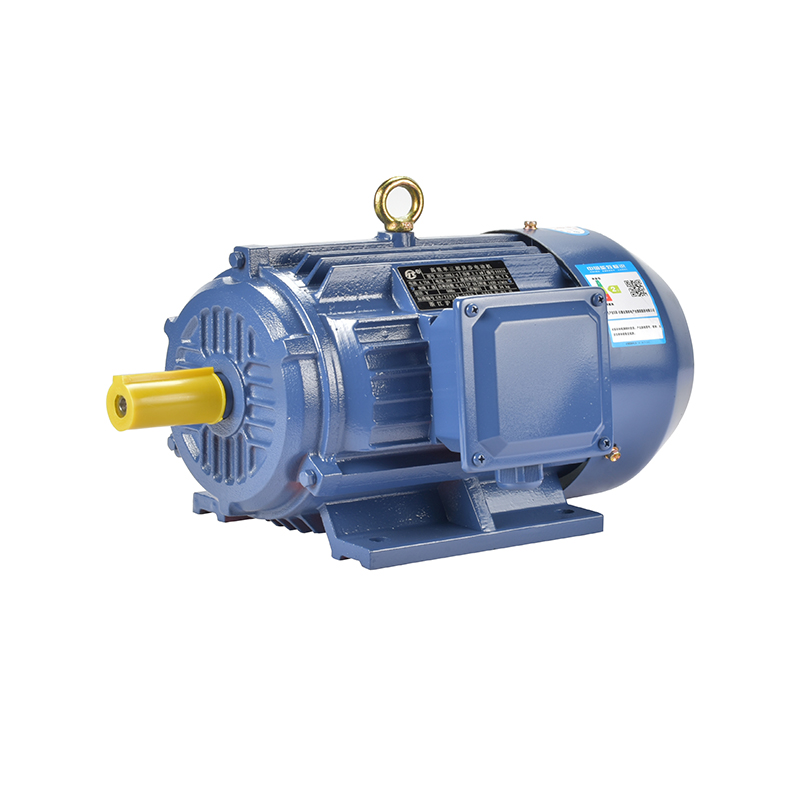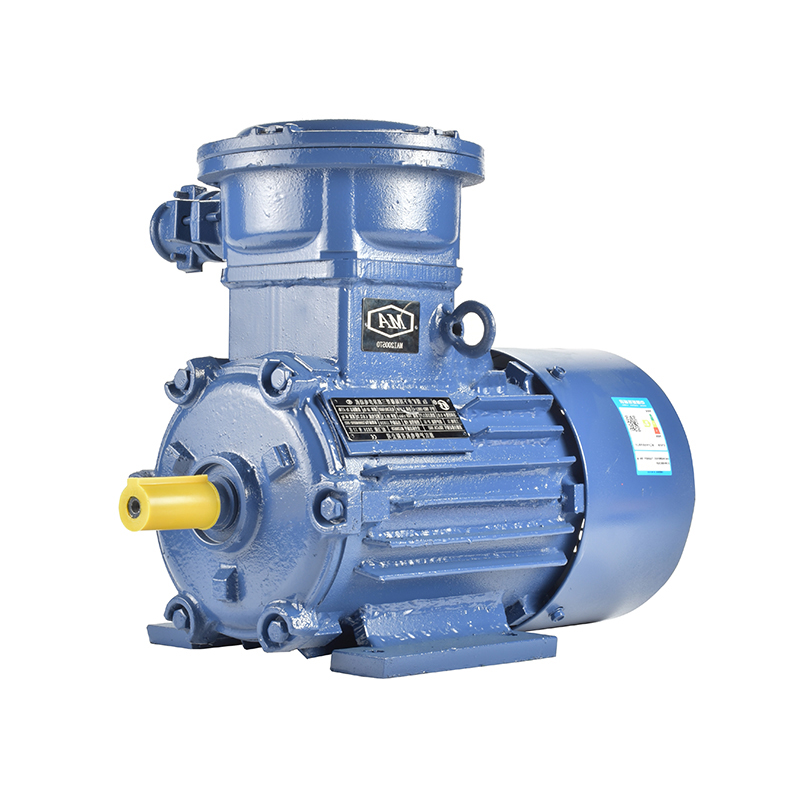Sustainability Initiatives Driving Green Motor Production
The electric motor industry, which plays a critical role in numerous applications from household appliances to industrial machinery, is no exception. Efforts to reduce environmental impact have sparked significant changes in the design, materials, and production processes of electric motors. This shift towards greener motor production addresses both regulatory demands and consumer awareness while supporting broader goals of energy efficiency and resource conservation.
One important area where sustainability initiatives have had an impact is in the development of the 3 phase small motor. These motors, commonly used in pumps, fans, and conveyor systems, are being engineered with more efficient components and innovative manufacturing techniques to lower energy consumption and extend service life. For example, manufacturers are incorporating improved magnetic materials and refined winding methods to reduce losses during operation. This not only lessens electricity usage but also helps in reducing heat generation, which can further improve the motor’s longevity and reliability.
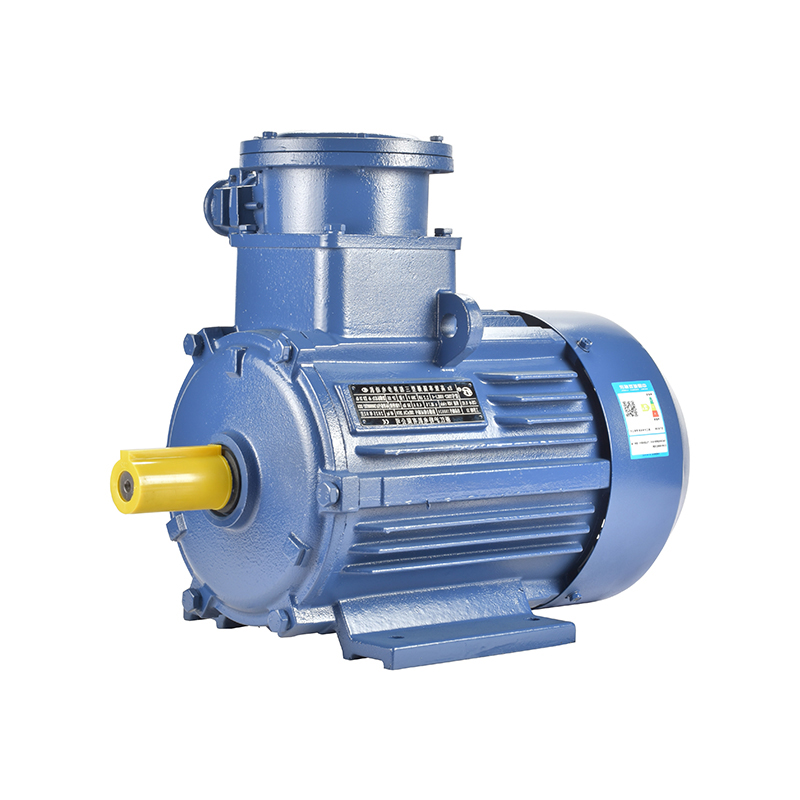
Alongside traditional three-phase designs, there has been growing interest in single phase permanent magnet synchronous motors (PMSMs) for residential and light commercial applications. These motors are gaining attention because of their relatively high efficiency and compact size, which contribute to energy savings and material reduction. Permanent magnets allow the motor to generate a strong magnetic field without requiring as much electric current, cutting down on energy waste. The design simplicity of single phase PMSMs also facilitates quieter operation, which is an additional environmental benefit by reducing noise pollution in homes and workplaces.
In industrial settings where higher power output is necessary, high power AC motors remain a staple. However, sustainability initiatives have led to innovations in this category as well. New insulation materials, advanced cooling techniques, and optimized rotor designs help these motors operate more efficiently and with lower emissions over their lifespan. Additionally, manufacturers are increasingly using recyclable and environmentally friendly materials in motor housings and components, aligning production with circular economy principles.
Sustainable motor production extends beyond just design improvements. Many companies are examining their entire supply chains and manufacturing processes to identify opportunities to reduce environmental footprints. This includes sourcing raw materials responsibly, less waste during fabrication, and implementing energy-efficient practices in factories. For instance, some manufacturers use closed-loop water systems and renewable energy sources in their production lines, which lowers the overall carbon emissions associated with motor manufacturing.
Another important aspect is compliance with international regulations aimed at improving energy efficiency in electric motors. Standards such as IE3 and IE4 efficiency classes push manufacturers to innovate and produce motors that consume less power for the same performance level. These standards encourage the adoption of technologies like permanent magnet rotors and variable frequency drives, which help reduce energy use in motor-driven systems. For 3 phase small motors and single phase permanent magnet synchronous motors, meeting these efficiency standards is critical to gaining market acceptance and meeting customer expectations.
Beyond regulatory compliance, market demand is also steering motor manufacturers toward sustainability. End-users are increasingly mindful of energy consumption and seek equipment that aligns with their own environmental goals. For example, in the HVAC and water pumping sectors, selecting motors that reduce electricity use translates into lower operational costs and a smaller carbon footprint. This has prompted manufacturers to develop a range of green motor products that balance efficiency, durability, and cost.
However, transitioning to green motor production is not without challenges. Integrating new materials, adjusting production methods, and maintaining product quality require investment and technical expertise. The balance between cost and sustainability must be carefully managed to ensure that environmentally friendly motors remain accessible to a wide range of customers. Moreover, continuous research and development are essential to improve performance while reducing environmental impact.
Looking ahead, sustainability initiatives are expected to continue shaping the electric motor industry. Innovations such as improved magnetic materials, smarter control electronics, and enhanced manufacturing automation will likely drive further gains in energy efficiency and resource conservation. The role of high power AC motors in industrial electrification and renewable energy projects will also grow, emphasizing the need for designs that align with environmental goals.
In summary, the push for sustainability in electric motor production touches many aspects of the industry. From the widely used 3 phase small motor and single phase permanent magnet synchronous motor to high power AC motors, manufacturers are adopting new technologies and processes to reduce energy consumption, improve materials, and lessen environmental impact. These efforts reflect a broader commitment to creating products that support a more sustainable future without compromising performance or reliability.
-
Feedback



 English
English русский
русский Español
Español عربى
عربى

